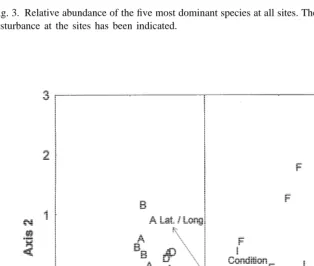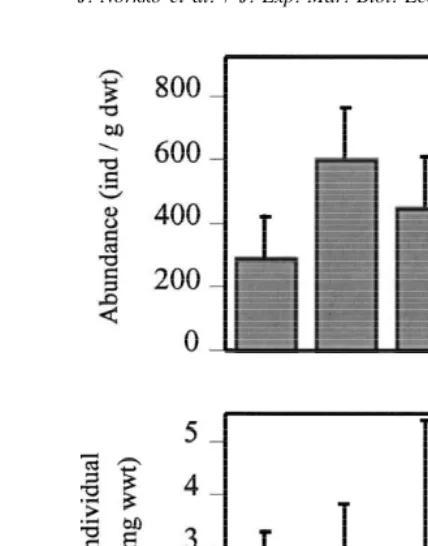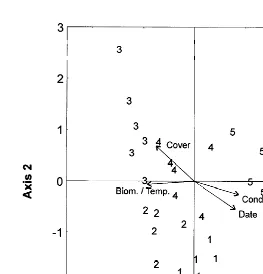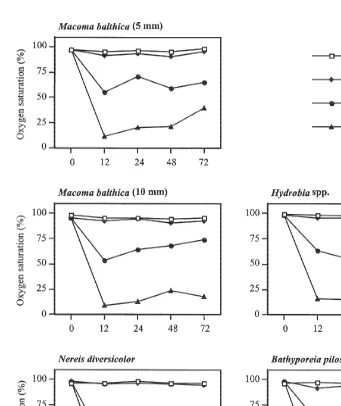Directory UMM :Data Elmu:jurnal:J-a:Journal of Experimental Marine Biology and Ecology:Vol248.Issue1.May2000:
Teks penuh
Gambar

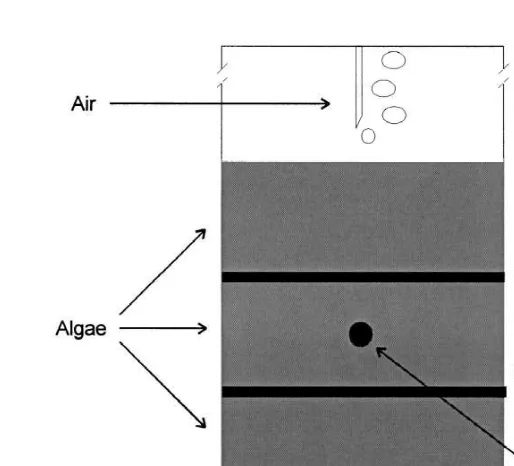


Dokumen terkait
Our data cannot test for the effects of grazing at the largest spatial scale, between locations, since they are totally confounded with differences between assemblages:
Ingestion and transformation of algal turf by Echinometra mathaei on Tiahura fringing reef (French Polynesia).. a,b , *
This study aimed to elucidate where juvenile European lobsters may spend their early benthic life by quantifying the settlement of postlarvae onto four types of substratum
In small-brood species, females may not need large burrows during incubation, because the brood is small and females do not incubate underground unlike females in large-brood
copepods consumed (Fig. The relationship between the number of copepods ingested and density was nonlinear. As few as seven copepods were detected; one shrimp ingested no copepods and
differential change between sites... Lindegarth et al. Percent change in abundance of various species from before trawling to after trawling started. Each point represents one
0.911 pneumatophores and less of the associated epiphytic algae in the disturbed areas of the mangrove forest, with associated significant reductions in the abundance and diversity
Consequently, larval life history parameters in the plankton are generally affected by the same factors, namely temperature, food quality and quantity (Sprung, 1984), abundance
